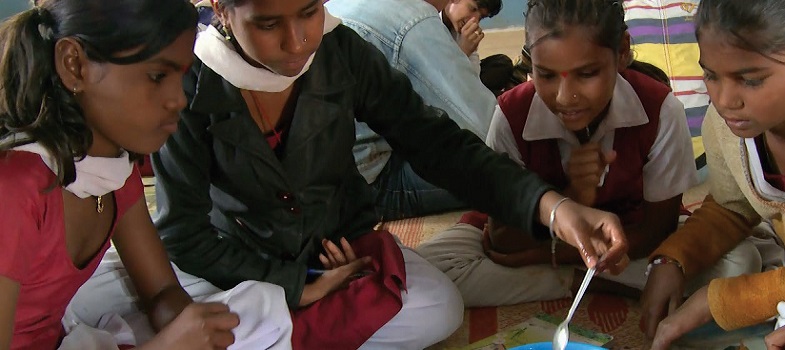Resource 3: Mr Sharma’s plan for an investigation
| Purpose of investigation | To develop investigation skills and support students understanding of change |
|---|---|
| Learning objectives | By the end of the investigation the students will be able to:
|
| Resources needed | Pieces of paper, water, salt, flour, plaster of Paris, sand, vinegar, bicarbonate of soda, milk, containers for mixing |
| Safety | Make sure substances don’t go in students’ eyes. |
| Plan of demonstration | |
| Introduction | Students make objects by folding paper. How has the paper changed? Tell students paper needed back – can they reverse the change? Show burning paper. Write students’ observation on the chalkboard. Can it be reversed? Write ‘reversible’ and ‘irreversible’ on chalkboard. |
| Setting up investigation | Tell students they are going to investigate changes when substances are mixed and decide whether they are reversible or irreversible. Investigation questions: ‘What happens when substances are mixed?’ ‘Which changes are reversible?’ Ask students to work in groups. They have one small container and collect substances and mix and observe. Waste in bucket. Draw results table on board. Students copy in to books to complete as they investigate. |
Substances Observations Reversible or not? Water and salt Water and plaster Water and flour Water and sand Milk and vinegar Vinegar and bicarbonate of soda Sand and flour
| During investigation | Go round and help students make observations by using questions. Make sure they are not using too much of each substance. |
|---|---|
| After investigation | Whole class – ask what they observed – complete table on board. Which mixtures do they think are reversible? Why? How would they reverse them? |
Resource 2: Talk for learning
